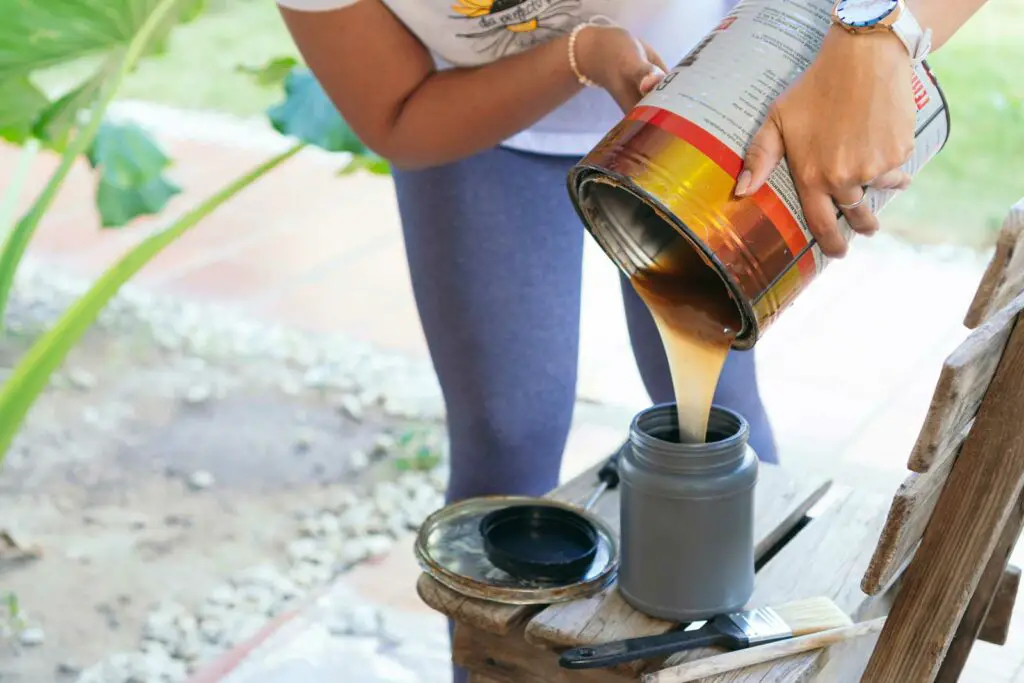If you’re planning a painting project, one of the first questions you’ll probably have is: What size paint can do I need? In this post, I’m going to give you a detailed answer to that question, breaking down the standard paint can sizes and how they relate to your project. You’ll discover:
- Common paint can sizes and how much area they cover
- A step-by-step guide to calculating paint requirements
- Expert tips on selecting the perfect paint can size
And more!
By the end of this post, you’ll have all the knowledge you need to choose the right paint can size with confidence.
By the way – before we get too far along here, if you want to connect with other homeowners, DIYers, and builders and get more great ideas for your home to make your space the best join my free private Facebook group, Remodel Reality here.
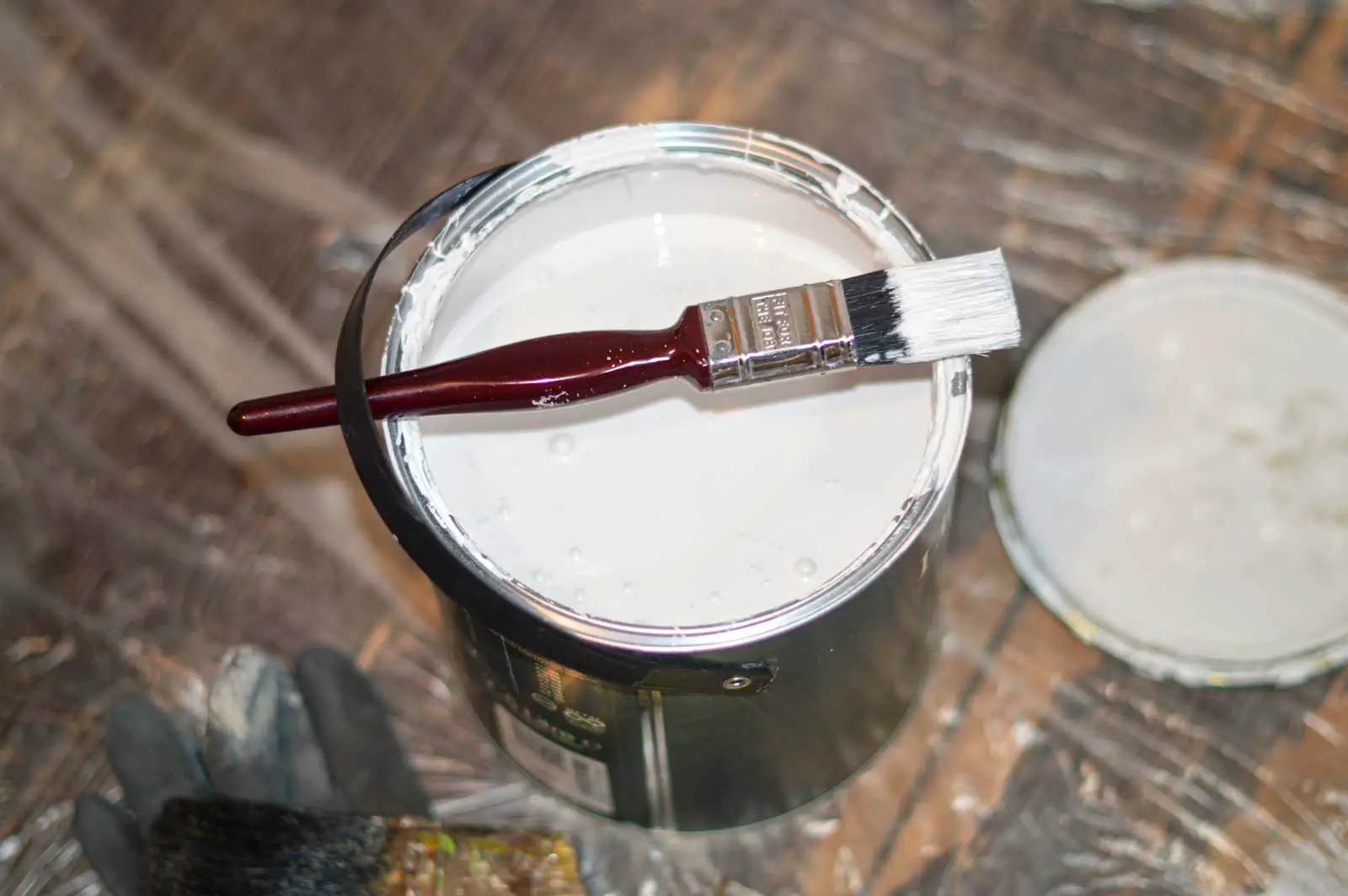 Common Standard Paint Can Sizes
Common Standard Paint Can Sizes
Not sure what size paint can you need for your project? (We’ve been there!) This guide covers the most common (and uncommon) paint can sizes and will help you find the perfect size for your project.
| Paint Can Size | Volume (Imperial) | Volume (Metric) | Coverage (sq ft) | Coverage (sq m) | Recommended Use |
|---|---|---|---|---|---|
| Touch-up Size | 0.5-1 fl oz | 15-30 mL | 3-8 sq ft | 0.3-0.7 sq m | Small touch-ups, detail work |
| Sample Size | 2-4 fl oz | 59-118 mL | 25-50 sq ft | 2-5 sq m | Small projects, color testing |
| Half Pint | 8 fl oz | 237 mL | 50-60 sq ft | 4.6-5.6 sq m | Small furniture, crafts |
| Pint | 16 fl oz | 473 mL | 60-80 sq ft | 5.6-7.4 sq m | Medium furniture, small rooms |
| Quart | 32 fl oz | 946 mL | 100-125 sq ft | 9-12 sq m | Small rooms, accent walls |
| Gallon | 128 fl oz | 3.78 L | 350-400 sq ft | 32-37 sq m | Medium rooms, multiple accent walls |
| 2 Gallons | 256 fl oz | 7.57 L | 700-800 sq ft | 65-74 sq m | Large rooms, multiple rooms |
| 5 Gallons | 640 fl oz | 18.93 L | 1750-2000 sq ft | 162-186 sq m | Whole house, exterior projects |
Quarter-Pint Paint Cans
Dimensions and Volume: Quarter-pint cans hold 4 fluid ounces (0.12 liters) of paint and measure 2 ½” in diameter and 2 1/16″ in height. (The tiny but mighty paint can!)
Ideal for: Perfect for small touch-ups, crafts, or testing colors before committing to a larger size.
Half-Pint Paint Cans
Your trusty sidekick for touch-ups and small projects
Dimensions and Volume: Half-pint paint cans hold about 8 fluid ounces (0.24 liters) of paint and typically measure around 2.88 inches in diameter and 3.5 inches in height. (The little sibling of paint cans!)
Amount of Coverage: One coat can cover approximately 43.75 square feet! But keep in mind, factors like paint type and surface texture may influence coverage, so it’s always a smart move to check the label. (Stay informed!)
Ideal for Touch-Ups or Small Areas: Half-pint paint cans are perfect for those teeny-tiny projects or touch-ups around the house. From refreshing a small piece of furniture to adding a pop of color to a nook or cranny, these little cans pack a punch. And for larger jobs, you’ve got quart, half-gallon, and gallon cans to save the day. (Big or small, we’ve got you covered!)
Pint-Sized Paint Cans
Dimensions and Volume: Pint-sized cans hold 16 fluid ounces (0.47 liters) of paint and measure 3 7/16″ in diameter and 3 15/16″ in height. (Pints aren’t just for beverages!)
Ideal for: Ideal for small to medium-sized projects or trim work.
Quart-Sized Paint Cans
The perfect partner for smaller paint projects
Dimensions and Volume: Quart-sized paint cans pack a punch in a compact package. Holding about 32 fluid ounces (0.95 liters) of paint, these cans typically measure around 4.25 inches in diameter and 5 inches in height. (Small but mighty!)
Amount of Coverage: A single quart can cover approximately 87.5 square feet with one coat. But keep in mind, factors like paint type and surface texture can influence coverage, so always check the label. (Knowledge is power!)
Ideal for Smaller Projects or Trim Work: Quart-sized paint cans are perfect for those smaller tasks, like touching up furniture, painting trim, or adding a pop of color to an accent wall. And if you need more paint, don’t worry—gallons and five-gallon buckets are ready to step up for larger projects. (You’ve got this!)
Half-Gallon Paint Cans
The sweet spot between small and large paint jobs
Dimensions and Volume: Half-gallon paint cans hold roughly 64 fluid ounces (1.9 liters) of paint and usually measure around 6.5 inches in diameter and 7.5 inches in height. (The middle child of paint cans!)
Amount of Coverage: With one coat, you can cover around 175 square feet! But remember, factors like paint type and surface texture can affect coverage, so it’s always a good idea to check the label. (Knowledge is key!)
Ideal for Smaller Projects or Trim Work: Half-gallon paint cans are your go-to choice for projects that require a bit more paint than a quart, but not quite as much as a full gallon. Think smaller room makeovers, touch-ups, or painting trim and doors. And for even bigger jobs, you’ve got gallons and five-gallon buckets to tackle them like a pro.
Single Gallon Paint Cans
The go-to choice for pros and DIYers alike
Dimensions and Volume: Gallon paint cans are the industry standard, holding approximately 128 fluid ounces (3.78 liters) of paint. You’ll find these cans are about 6.5 inches in diameter and around 7.5 inches in height.
Amount of Coverage: A single gallon of paint typically covers around 350 square feet, but remember that factors such as paint type and surface texture can impact coverage.
Ideal for Larger Projects: Gallon paint cans are perfect for big jobs like painting entire rooms or exteriors. Planning a smaller project? Smaller sizes like quarts, pints, and fluid ounces are available too! (Isn’t it great to have options?)
Five-Quart Paint Cans
Dimensions and Volume: Five-quart cans contain 190 fluid ounces (4.73 liters) of paint, measuring 6 ⅝” in diameter and 9 ½” in height. (Bigger projects? No problem!)
Ideal for: Perfect for larger projects or when a one-gallon can just isn’t enough. (Go big or go home!)
Two Gallon Paint Cans
A convenient choice for larger painting projects
Dimensions and Volume: Two gallon paint cans offer double the volume of standard gallon cans, holding approximately 256 fluid ounces (7.57 liters) of paint. These cans are typically around 9 inches in diameter and 9 inches in height.
Amount of Coverage: A two-gallon can of paint will generally cover around 700 square feet, although factors such as paint type, color, and surface texture can influence the exact coverage.
Ideal for Substantial Projects: Two-gallon paint cans are well-suited for larger painting jobs, like covering multiple rooms or tackling an expansive exterior project. They provide more paint without the need to purchase multiple single-gallon cans, making them a practical choice for bigger tasks. If your project is smaller in scale, remember that there are other sizes available, such as gallons, quarts, pints, and fluid ounces, to suit your specific needs.
Five-Gallon Paint Buckets
The ultimate solution for big painting projects
Dimensions and Volume: Five-gallon paint buckets typically hold around 640 fluid ounces (18.9 liters) of paint, with a diameter of approximately 12 inches and a height of 14.5 inches. (Now that’s a lot of paint!)
Amount of Coverage: A single bucket can cover a staggering 1,750 square feet with just one coat! Of course, factors like paint type and surface texture can affect coverage, so always double-check the label. (Better safe than sorry, right?)
Ideal for Larger Projects: Five-gallon paint buckets are perfect for sizable undertakings like whole-house painting or multi-room makeovers. And remember, smaller sizes like gallons, quarts, and pints are available for those less ambitious endeavors. (There’s a paint size for every project!)
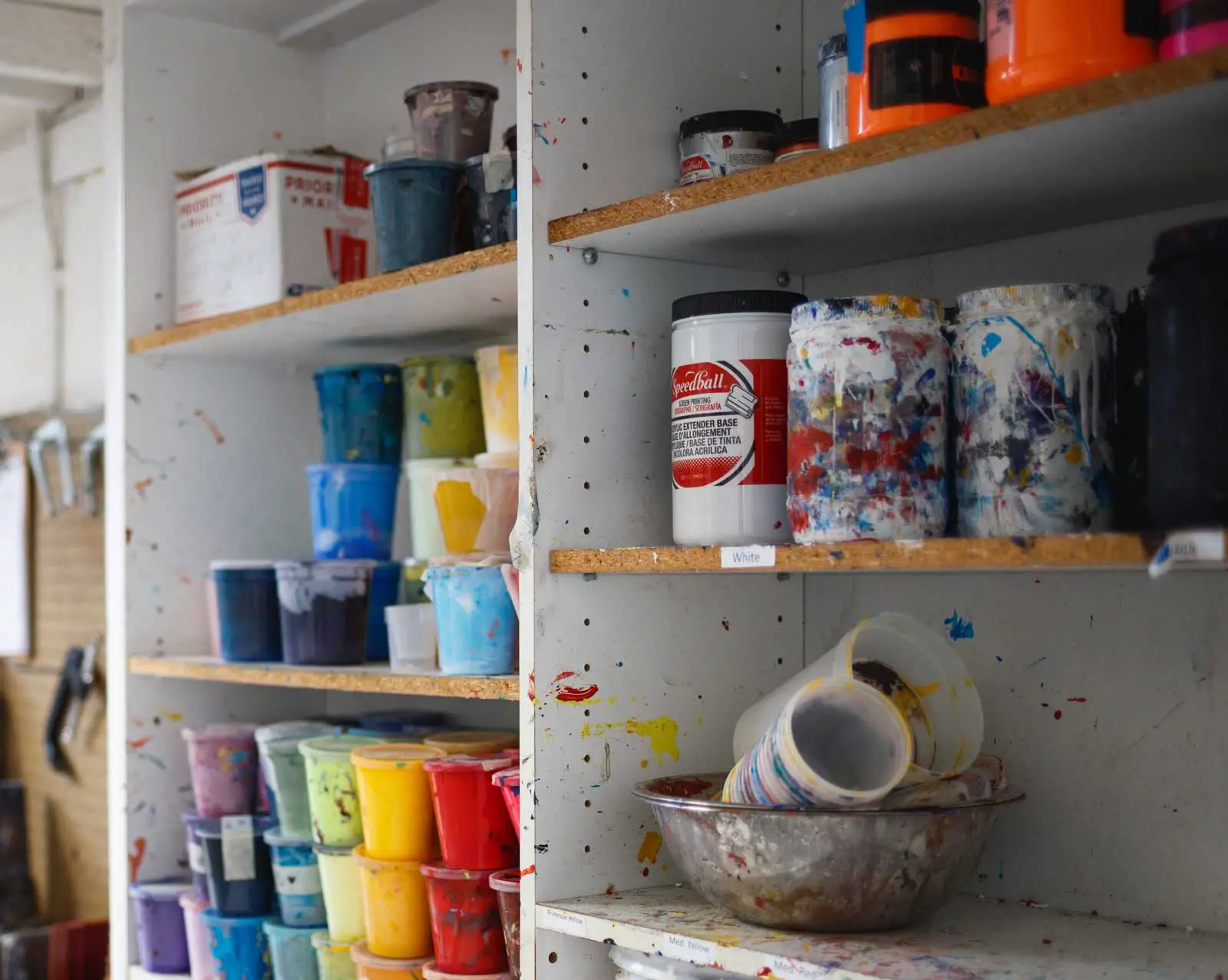 Other Paint Can Sizes: Discovering the unsung heroes of paint cans
Other Paint Can Sizes: Discovering the unsung heroes of paint cans
Think you’ve seen it all when it comes to paint cans? Think again! Discover the unsung heroes of paint portions and how they might be the perfect fit for your unique project.
Intermediate Sizes
Dimensions and Volume: The paint can family is diverse, with intermediate sizes such as 2-liter (67.6 fluid ounces) or 32-ounce cans. These “in-between” sizes typically have dimensions that vary based on the manufacturer, so it’s best to consult the label for specifics. (It’s all about those unique measurements!)
Amount of Coverage: As with any paint can, coverage depends on factors like paint type and surface. Generally, you can expect these intermediate sizes to cover more square footage than a quart, but less than a gallon. (The sweet spot between big and small!)
Less Common: While not as widespread as their pint or gallon counterparts, intermediate paint can sizes can still be found at certain hardware stores and paint shops. Keep an eye out for these hidden gems that might be perfect for your project! (Like finding the elusive unicorn of paint cans!)
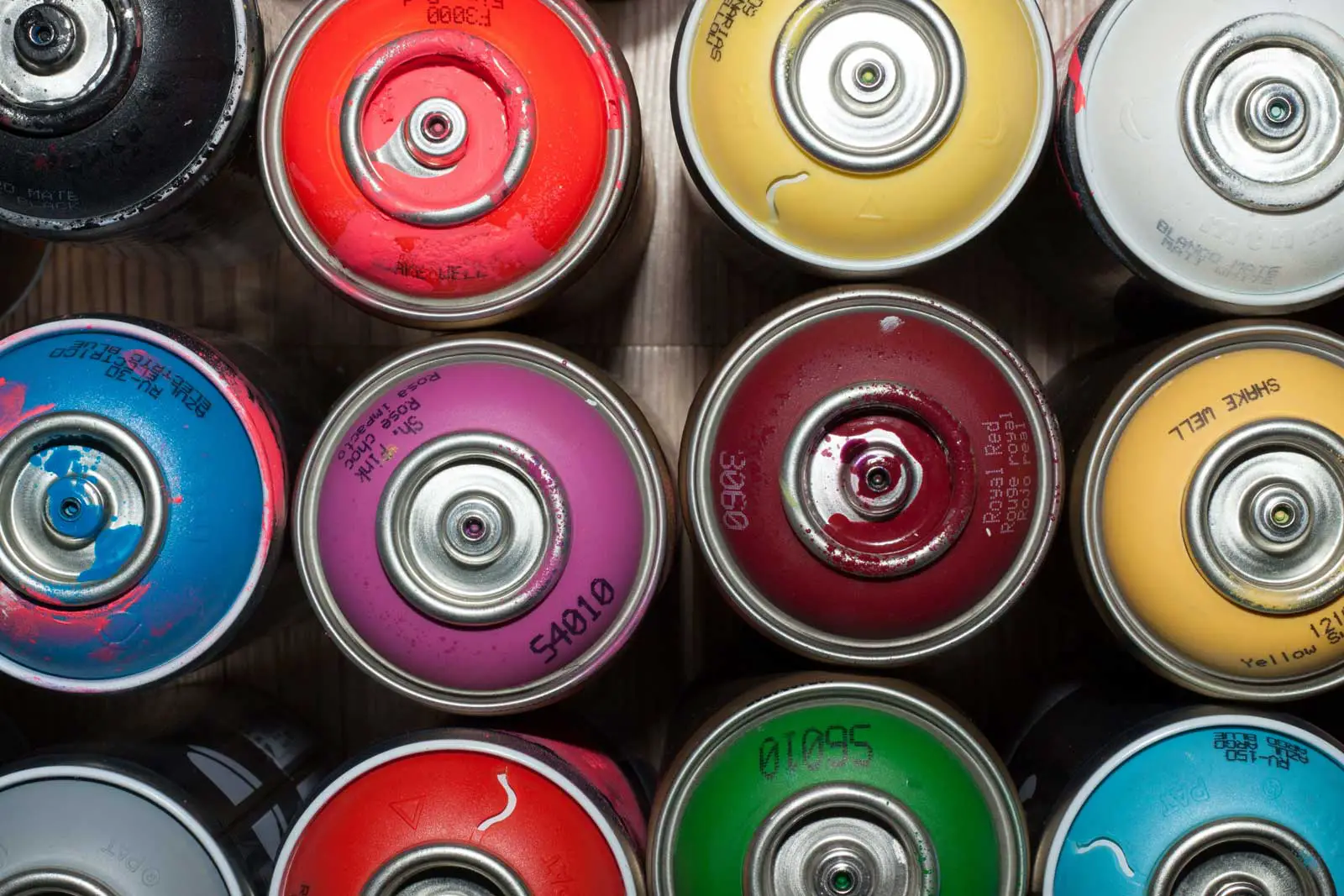 Spray Paint Cans
Spray Paint Cans
Standard Sizes and Volume: When it comes to spray paint cans, the standard size usually holds around 12 fluid ounces (0.35 liters). But fear not, smaller and larger options are also available, so you can find the right fit for your project. (Spray away with confidence!)
Amount of Coverage: Spray paint cans offer a different kind of coverage compared to traditional paint cans. One 12-ounce can typically covers around 10-15 square feet, depending on factors like paint type, color, and surface texture. (Versatility at its finest!)
Ideal for: Spray paint cans are perfect for a wide range of projects, from DIY crafts and small touch-ups to painting furniture, home decor, or even automotive parts. Always make sure to follow the manufacturer’s instructions for best results. (Safety first, DIYers!)
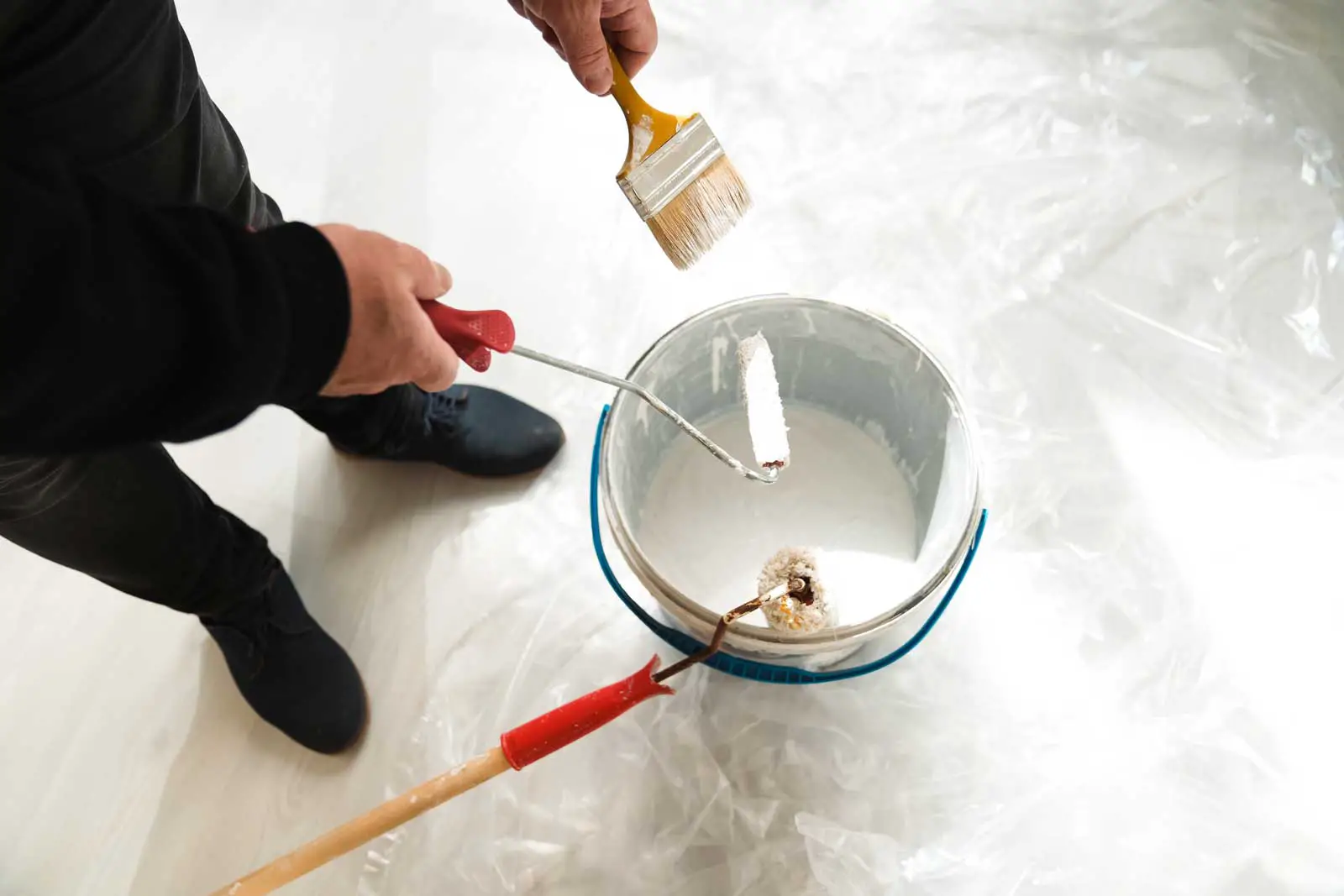 How to Choose the Right Paint Can Size
How to Choose the Right Paint Can Size
When it comes to estimating paint quantity for your project, figuring out how many gallons of paint you need is crucial. You want to make sure you have the right amount of paint to avoid running out mid-project or overspending on unused cans.
Calculating paint coverage per can size
Knowing how much area a gallon of paint covers is essential for estimating your painting project’s paint quantity. Here’s a general breakdown of the coverage you can expect from various sizes of paint cans:
- Quarter pint of paint: Ideal for small touch-ups or testing paint color
- Half-pint of paint: Perfect for smaller projects, like painting a single furniture piece
- Quart of paint: Covers around 87.5 sq ft with a single coat, suitable for a small room or home office
- Half-gallon of paint: Covers approximately 175 sq ft with one coat, great for an average size room
- Gallon of paint: Covers around 350 sq ft with one coat, perfect for larger rooms or exterior paint jobs
These estimations are just a rule of thumb, as the actual coverage may vary depending on the type of paint, the surface texture, and whether you’re using a light or dark color.
Considering the number of coats needed
The number of coats of paint required for your project depends on several factors:
- Paint type: Oil-based paints generally offer better coverage than water-based paints and may require fewer coats.
- Paint color: Dark colors typically need more coats to achieve full opacity, especially when covering a lighter base color.
- Surface texture: Rough or porous surfaces may absorb more paint, necessitating additional coats for even coverage.
As the next step in your project, visit a paint store to get with experts/professional painters about the specific paint you plan to use. They can provide guidance on the best way to achieve the desired finish, taking into account the number of coats needed for your chosen paint type and color.
Calculating the total area to be painted
To accurately estimate the quantity of paint needed, you’ll need to calculate the total area of the walls you plan to paint. Measure the height and width of each wall, subtracting any doors or windows, and multiply the measurements to determine the square footage. Don’t forget to include wall alcoves or other unique features that may require a smaller amount of paint.
Once you have the total area, divide it by the coverage provided by the size of the paint can you plan to use. For example, if you’re painting a room with 500 square feet of wall space and using a gallon of paint that covers 350 square feet per coat, you would need approximately 1.43 gallons of paint for a single coat.
The formula to calculate the total area to be painted is:
Total area = Number of walls x Height of walls x Width of walls
This formula takes into account the number of walls that need to be painted, the height of each wall, and the width of each wall. By multiplying these values together, you can determine the total area that needs to be painted.
For example, if you have a room with four walls, each wall is 8 feet high and 10 feet wide, the total area to be painted would be:
Total area = 4 x 8 x 10 Total area = 320 square feet
This formula can be easily modified to account for irregularly shaped walls or rooms with different numbers of walls. Simply adjust the values for the number of walls, height, and width accordingly to get an accurate calculation of the total area to be painted.
Now that you’re familiar with the different paint can sizes, it’s time to choose the right one for your project. Here are some tips to help you make the best decision:
- Estimate your paint needs: Measure the area you plan to paint and calculate the square footage. This will help you determine how much paint you’ll need, based on the coverage estimates provided on the paint can label.
- Consider the number of coats: Depending on the paint type, color, and surface, you may need more than one coat. Adjust your paint quantity accordingly.
- Factor in touch-ups: Always a good idea to have some extra paint on hand for future touch-ups. Consider purchasing a smaller can (such as a quart or pint) in addition to your main paint supply.
- Don’t forget the primer: If you’re using a primer, remember to account for its coverage as well. You may need more or less paint depending on whether a primer is used.
- Round up: It’s better to have a little extra paint than not enough. When in doubt, round up to the nearest paint can size.
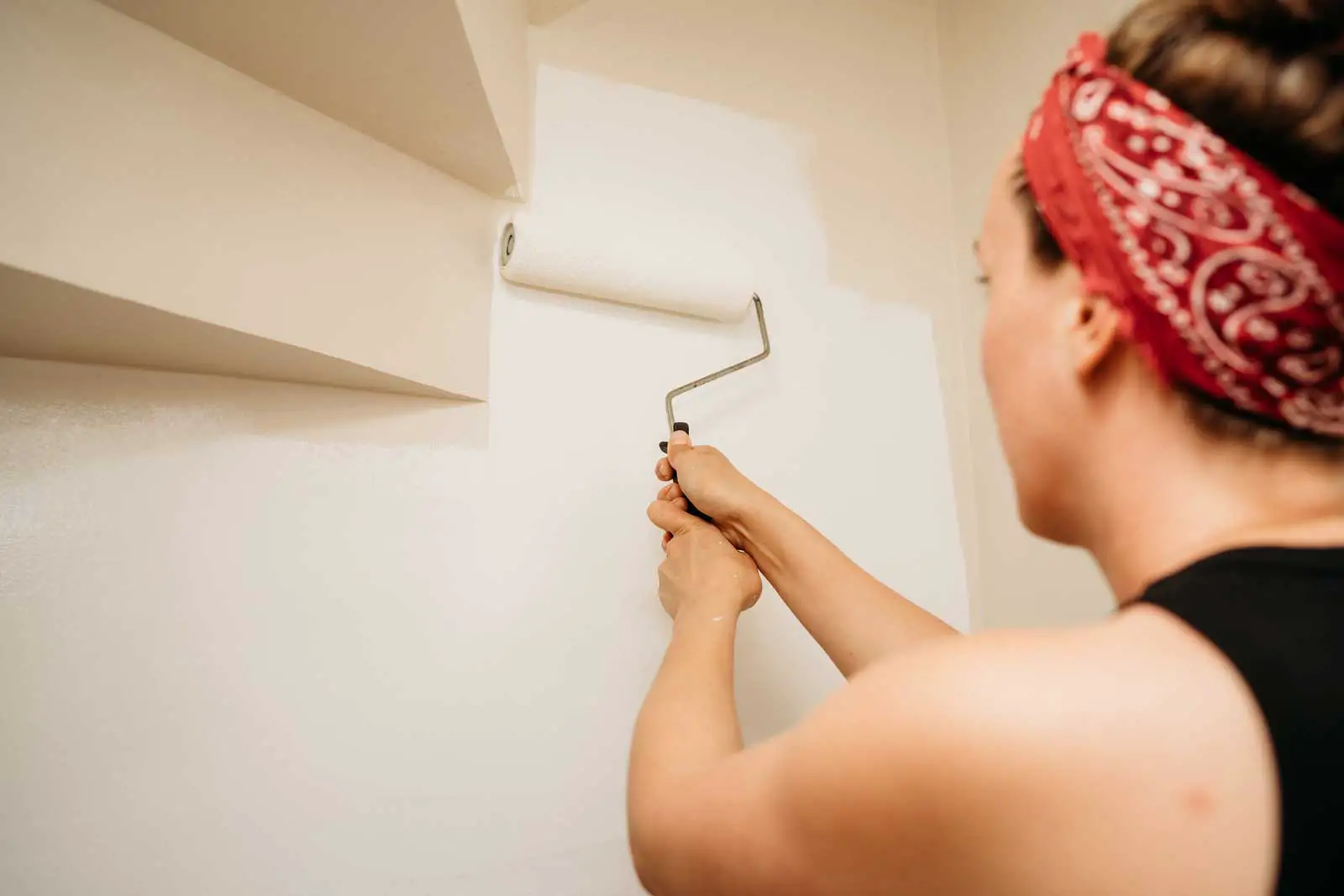 Paint Like a Pro: Tips for Choosing the Right Size Paint
Paint Like a Pro: Tips for Choosing the Right Size Paint
Ever felt overwhelmed by the ocean of paint cans in the store? (We’ve all been there). Here’s a comprehensive guide to help you master the art of selecting the perfect paint size.
The Art of Picking Small Paint Containers
Small paint cans, big advantages.
Why?
Well, for starters, they’re perfect for small projects (think touch-ups and accent walls). Plus, less paint means less waste.
Plus, paint really goes a long way in some situations.
Small paint containers are also great for color testing (better safe than sorry, right?). You’ll thank yourself for trying that bold hue before committing (phew!).
Going Big: When Bigger is Better
Sometimes, size does matter (especially in the paint aisle).
When tackling a large-scale project, it’s wise to opt for larger paint containers (bulk is your friend). Remember, bigger paint cans = more savings (and fewer trips to the store).
Don’t forget about color consistency (you don’t want patchy walls). Larger paint containers help ensure a uniform shade (hello, smooth finish!).
The Middle Ground: Intermediate Paint Sizes
Goldilocks had it right (not too big, not too small).
Intermediate paint sizes are perfect for those in-between projects (half-bath, anyone?). You’ll get the coverage you need without overbuying (waste not, want not).
Plus, it’s great for when you’re unsure about future touch-ups (accidents happen). You’ll have enough paint to fix any mishaps (without overcommitting).
Paint Calculators: Your Online Sidekick
Who knew math could be so handy? (No calculators needed, we promise).
Meet your new best friend: online paint calculators (just click here to use ours). Plug in your measurements, and let the magic happen (bye-bye, guesswork).
Don’t forget to account for doors, windows, and trim (every square inch counts). Your calculator will do the math, leaving you worry-free (and paint-ready).
Expert Advice: Your Key to Paint Perfection
Not sure which paint size to choose? (It happens to the best of us).
Consulting a professional painter is always a smart move (they’re the paint whisperers, after all). Remember, sometimes it’s okay to phone a friend (especially when they’re a paint pro).
Master the Art of Estimating Paint Quantity
Tired of running out of paint halfway through your project? (Or worse, having too much?) Discover the secrets to accurately estimating paint quantity like a pro. Ready to unlock these painting hacks? Let’s dive in!
Paint Coverage 101: Size Matters
You might be wondering, “How much paint do I need?” (Good question!)
First things first: understand paint coverage per can size. Did you know? A gallon typically covers 350-400 square feet (but always check the label).
For smaller projects, consider a quart (covers 80-100 sq ft) or a pint (40-50 sq ft). Remember, every brand is different (so read those labels!).
To Double Coat or Not to Double Coat?
The number of coats matters (more than you think).
When selecting colors, consider the number of coats needed. Lighter shade over a dark wall? You’ll need more coats (and more paint).
Pro tip: Opt for high-quality paint (it might save you from that extra coat). Trust us, your wallet (and your arms) will thank you.
Measuring Your Space: Precision is Key
No more guesswork (precision is the name of the game).
Grab a tape measure and calculate your room’s square footage. Length x width = your magic number (just like that!).
Don’t forget those nooks and crannies (every inch counts). Subtract windows and doors (but add a little extra for touch-ups).
 Related & Frequently Asked Questions on Standard Paint Can Sizes
Related & Frequently Asked Questions on Standard Paint Can Sizes
Still have questions? I thought we’d covered it all, but here are some other answers to your questions that still might be on your mind.
Q: How many liters is a standard paint can?
A: A standard paint can typically holds 1 gallon (3.78 liters) of paint. Other common sizes include quarts (0.95 liters) and pints (0.47 liters).
Q: How much paint is in a paint can?
A: The amount of paint in a can depends on its size. Common sizes include 1 gallon (3.78 liters), quarts (0.95 liters), and pints (0.47 liters).
Q: What size is a 5-litre paint can?
A: A 5-litre paint can is approximately equivalent to 1.32 gallons. It is a common size used in Europe and other countries that use the metric system.
Q: Does paint come in 2-litre cans?
A: Yes, paint can be found in 2-litre cans, which is approximately equal to 0.53 gallons.
Q: What size is a standard spray paint can?
A: Standard spray paint cans typically hold around 12 ounces (354.88 milliliters) of paint.
Q: Is 5 liters of paint enough for a room?
A: It depends on the size of the room and the number of coats needed. Generally, 5 liters of paint can cover approximately 60-80 square meters with one coat. So, for an average-sized room, 5 liters should be sufficient for at least one coat.
Q: What size is a 500ml paint can?
A: A 500ml paint can is approximately equal to 0.13 gallons or 16.9 fluid ounces.
Q: How much will 2 liters of paint cover?
A: Two liters of paint can typically cover about 20-26 square meters with one coat, depending on the paint type and surface.
Q: How many square feet will 1 litre of paint cover?
A: One litre of paint generally covers around 10-13 square meters (approximately 108-140 square feet) with one coat, depending on the paint type and surface.
Q: How much paint is required for 100 sq ft?
A: To cover 100 sq ft with one coat, you would typically need approximately 0.3 gallons (1.13 liters) of paint. However, this may vary depending on the paint type and surface condition.
Q: What are the standard paint types?
A: Standard paint types include water-based (latex or acrylic), oil-based (alkyd), and enamel paints. Each type is designed for specific applications and surfaces.
Q: How big is a 32 oz paint can?
A: A 32 oz paint can is equivalent to a quart (0.95 liters) and is approximately equal to 0.25 gallons.
Next Steps
Want to join others who are creating the most amazing home redesigns & renovations and get more tips, tricks and hacks on how to make your home the best it can be?
Join my brand new free private Facebook group, Remodel Reality to connect with other people like you to make your space the best!
